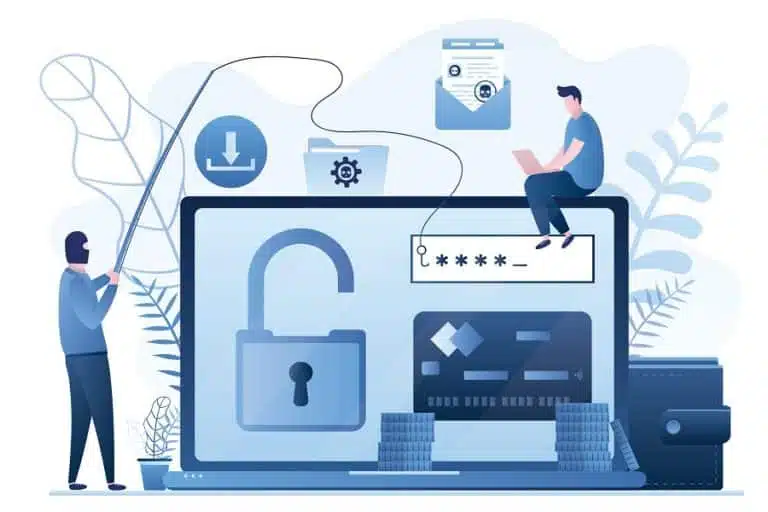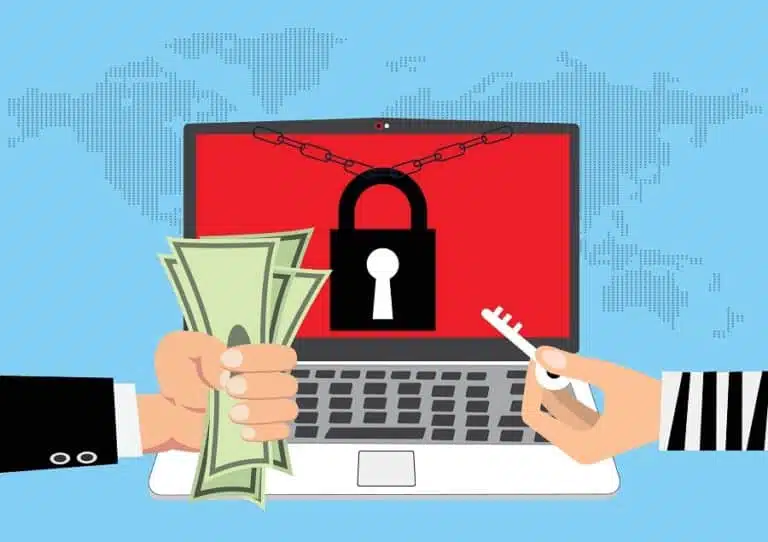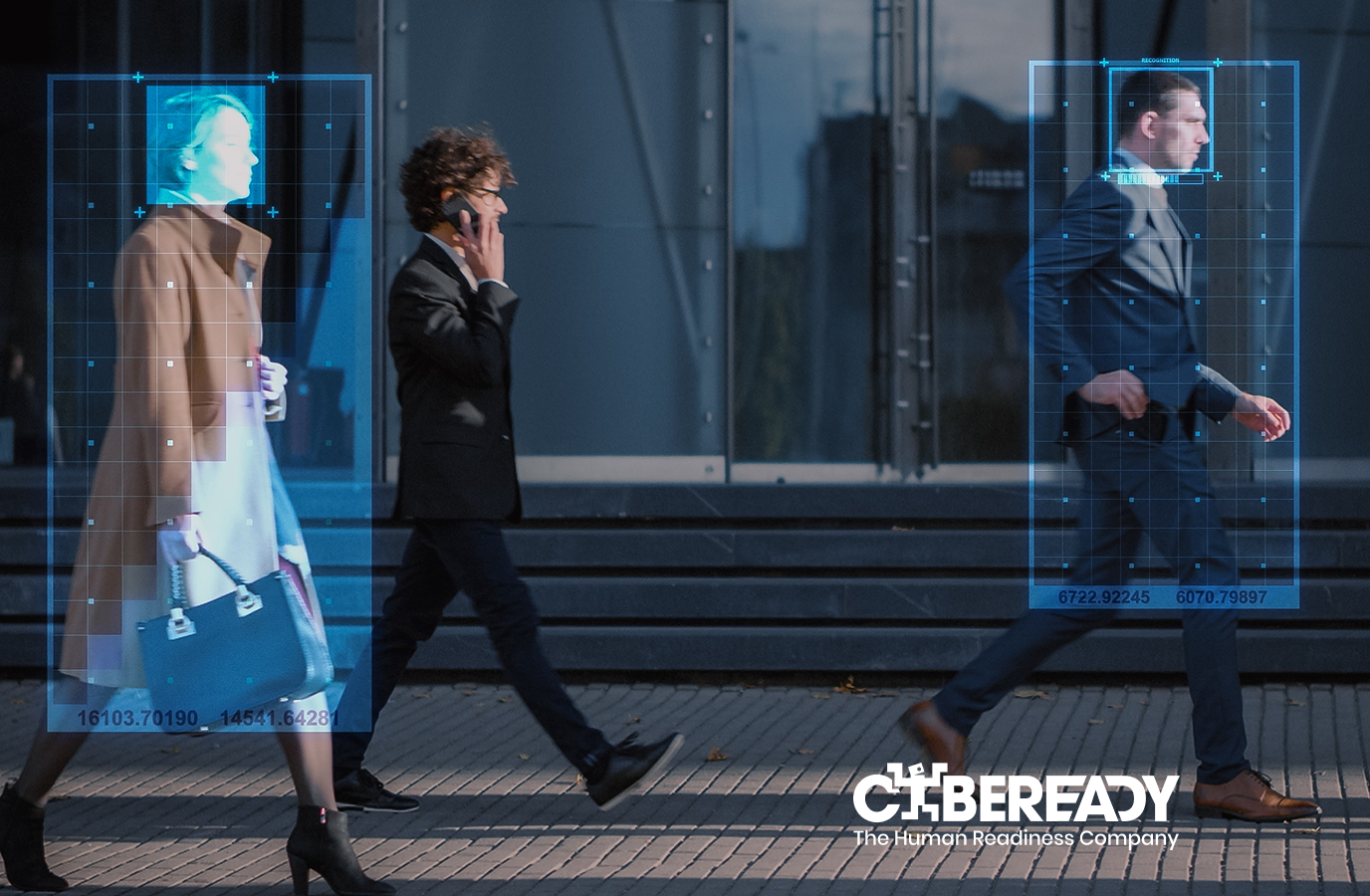Ransomware has been a threat since the early days. However, ransomware attacks are getting more frequent, complex, and sophisticated due to the expanded attack surface and increased remote work in organizations with the pandemic. Both individuals and businesses can be subject to ransomware attacks, and the severity is no less in either scenario.
In a ransomware attack, the attacker locks the device and demands a ransom to regain access to the device. Nowadays, Ransomware has become more serious than ever since the attacker also gains access to sensitive data of users, making them helpless. Therefore, prior knowledge of Ransomware attacks and prevention methods reduces the user’s exposure to many after-effects.
The guide provides a complete overview of ransomware, including the following aspects:
- What is Ransomware?
- History of Ransomware
- What to do when you’re under a Ransomware attack
- Resources for Ransomware protection
- Types of Ransomware attacks
- Types of Ransomware protection solutions
- How to prevent a Ransomware attack
What is Ransomware?
Ransomware is a type of software that encrypts files on a computer and prevents users or organizations from accessing them. Once the files are encrypted, victims need the decryption key to access them. Ransomware attackers who have the decryption key demand a ransom payment for giving it. These files and data are usually critical for most businesses. Therefore, companies often pay the ransom as they consider it the most straightforward and less risky method to regain access to their data. Moreover, attackers often specify a deadline to compel the victims to pay the ransom. If the victim does not pay the ransom in time, either the data will be lost forever, or the ransom will be increased. Some Ransomware variations have introduced extra functionality, such as data theft, making the victims even more vulnerable.
These types of attacks affect the equipment of the victim, targeting people, networks, systems, and software weaknesses. Ransomware attacks are very common nowadays, with large corporations worldwide being impacted. Cybercriminals will target anyone or any company, and their victims come from various industries. Many government authorities, including the FBI and the No More Ransom Project, urge people not to pay the ransom to discourage the Ransomware cycle. Furthermore, half of those who pay the ransom are at risk of future Ransomware assaults, especially if the malware is not removed from the system.

History of Ransomware
The concept of Ransomware has existed for a long time. The Aids Trojan, also known as PS Cyborg, was the first Ransomware. Joseph Popp created it in 1989 to infect the PCs of attendees of the international AIDS conference of the World Health Organization. The Aids trojan hid the files on the hard drive and encrypted file names. Then he sent users a message saying they had to pay $189 to the Cyborg corporation if they wanted to receive the repair tool. Later, Popp was recognized as the culprit of the action, but he never stood trial as he was mentally unfit.
The word Ransomware comes from cryptoviral extortion. That term was coined by Moti Yung and Adam Young of Columbia University in 1996. The same year, they presented the first crypto virology assault at the IEEE Security and Privacy Conference.
Over time, Ransomware has evolved in terms of how it enters a user’s computer, how difficult it is to decrypt encrypted data, and how attackers demand ransom. Attackers started to demand the ransom in hard-to-track ways. For example, in 2015, a Ransomware called Fusob forced victims to pay the ransom through iTunes gift cards. With the rising popularity of cryptocurrencies, most Ransomware hackers now demand the ransom be paid in it. These cybersecurity attackers have targeted all types of government and private institutions, including health and education.
WannaCry was one of the most profound Ransomware attacks when it occurred in the spring of 2017. Approximately 200,000 victims from around 150 countries were required to pay a ransom in Bitcoin during the incident. Moreover, starting in late November 2019, crypto-malware gangs like Maze and DoppelPaymer started stealing the data of non-compliant victims. They did it before the victims activated their encryption routines and published this information on dedicated data leak sites. Now, some companies pay up to USD $40 million as ransom.
What to do when you’re under a Ransomware attack?
Ransomware attacks can strike at any time. However, you can still be hopeful if your company is one of the victims. There are five actions you can take to get your data back if you’ve been hit by Ransomware. Read on for the steps below.
1. Threat Isolation
Threat isolation is essential to prevent the Ransomware from spreading to other devices in the network, crashing the system. First, disconnect all compromised devices, particularly Bluetooth devices and SMB connections, from your primary network. It will help keep additional devices on your network from getting infected. Disconnecting your devices can be done in various ways including:
- Remove any network and data cords, USB drives, and dongles.
- Disconnect devices from cellular data, Wi-Fi, and Bluetooth wireless connections.
- Follow the above instructions to clean up any other infected devices on your network.
2. Damage Assessment and Documentation
When reporting a Ransomware attack, obtain as much information as possible regarding the attack, such as email, IP addresses, and triage information. Providing a snapshot of your server is an excellent way to gather evidence. The following is an essential checklist of data to acquire for cyber forensic professionals:
- What was the source of the attack?
- When did the attack take place?
- What is the total number of infected devices?
- How many files (if any) have been encrypted?
- What information has been tampered with?
- Do you have any copies of the information on hand?
- How much is the ransom demanded?
- Is there any money owed to you?
- Any messages sent by cybercriminals, filenames, and payment instructions should be transcribed or photographed.
3. Report the Ransomware attacks
Notifying authorities about Ransomware attacks is generally a legal requirement, depending on your location and/or business. Once you’ve collected all the information you can, it is time to file your report with the FBI. You can also contact the Crime Complaint Center (IC3) of the FBI to file a report. They’ll ask for the following details:
- The date of the infection
- The variant of Ransomware
- Information about the victim and the firm
- What caused the infection?
- The amount of ransom demanded
- The address of the actor’s bitcoin wallet
- The amount of ransom paid (if any)
- Total damage incurred as a result of a Ransomware infection
- Statement from the perspective of the victim
3. Data recovery
Even if you pay the money, it won’t assure that you’ll be able to restore your data if no backup is available. When backups are unavailable, the best way to obtain your data is to work with law enforcement and cyber forensic professionals to discover decryptors that can remove the encryption from your data. The more Ransomware victims collaborate with law enforcement and cyber security specialists, the better everyone will understand and help with Ransomware recovery. The greatest approach for any business is to avoid Ransomware crimes in the first place.
While decryptor keys are accessible for several “outdated” Ransomware threats, they can sometimes be a resolution. Nevertheless, your company may still be subject to more advanced attacks from the same criminal.
4. Avoid another Ransomware attack
Once Ransomware attackers find a vulnerable person, they tend to attack the same person again. So don’t think paying ransom will solve your problems forever. Collaborating with cybersecurity service providers is the wisest choice to safeguard your company against Ransomware. Next, check for services that provide cloud-based backup solutions and security awareness guidance. It will prevent everyone in your company from falling into the pitfalls of ransomware. Moreover, it will help react to ransomware effectively to limit its impact.

5. Resources for Ransomware protection
Ransomware protection involves taking measures to protect against the risk associated with a Ransomware attack. Therefore, reviewing resources for Ransomware protection is an added advantage since prevention is better than cure. Keep the following resources in mind as you plan to protect against ransomware.
The 8 Types of Ransomware Attacks
It might be challenging to keep track of the many Ransomware attacks as new Ransomware versions emerge regularly. Although each of these malware variants is unique, they all use similar techniques to exploit people and hold encrypted data captive. While there are wide varieties of Ransomware, they mostly fall into two categories: crypto-ransomware and locker Ransomware.
Crypto-ransomware encrypts computer data, leaving it inaccessible. Unlike crypto-ransomware, Locker ransomware doesn’t really encrypt files. Instead, it locks the client out of the equipment. In both cases, victims are left with no alternative choice for recovery. Therefore, it’s vital to take proactive steps so that your systems will be restored without falling prey to cyber criminals. Basic knowledge of different types of attacks is essential to preparing the systems.
Below are eight types of Ransomware attacks:
1. WannaCry
2. CryptoLocker
3. Bad Rabbit
4. Locky
5. Ryuk
6. Petya
7. Golden Eye
8. Jigsaw
Learn more about the types of ransomware attacks.
10 Ransomware Protection Solutions For Enterprises
It’s difficult to recover once you become a victim of a ransomware attack. Therefore, the best strategy is to prevent getting infected by ransomware attacks in the first place. Thus, the importance of good ransomware protection is more significant than ever. The following list contains some of the best enterprise ransomware protection solutions.
3. Acronis Ransomware Protection
Explore more about the 10 best Ransomware protection solutions to help your organization prevent an attack before it’s too late.
8 Steps to Protect Your Business Against Ransomware
While some viruses and spyware cause silent damage to your machine, Ransomware exploits your fear. Furthermore, it extorts large sums of money and sensitive information from your company. Ransomware is among the most severe threats to any business, whether small, medium, or large. Small businesses striving to stay afloat in a highly competitive industry may be particularly vulnerable. Since up to 40% of small firms fail to back up data daily, attackers know that many will pay the ransom rather than lose their crucial information.
Here are 8 necessary steps to safeguard your business against Ransomware:
1. Regular monitoring and patching
2. Educate your employees
3. Employ a data backup and recovery plan
4. User account management
5. Utilize a Security Information & Event Manager (SIEM)
6. Network segmentation
7. Secure DNS
8. Implement email scanning and filtering
As threat actors seek large rewards from the public and private sectors, the avalanche of ransomware attacks will persist. These eight steps will ensure that your organization and data are protected. Learn more about them with 8 Steps to Protect Your Business Against Ransomware.
Preventing a Ransomware attack
Attacks and security breaches are unfortunately unavoidable, and no company wants to be forced to choose between paying the ransom and settling with a criminal or losing critical information. Thankfully, these two are not your only choices. The wisest course of action is to avoid being compelled to make that choice in the first place. As previously mentioned, prevention is better than cure. Preventing a Ransomware attack is the best and most effective solution, rather than fixing it after an attack. Here are some of the key measures that can be taken to prevent a Ransomware attack.
1. Maintain backups
Maintaining backups is considered the most effective way to recover from a Ransomware attack. Nevertheless, it should also be backed up properly to prevent further attacks.
2. Developing policies and plans
Establish a Ransomware incident response plan so that your IT security staff knows what to do in case of a ransomware attack.
3. Remonitor port settings
Most Ransomware attacks come into the system through open ports such as SMP port 445. Always make sure to keep only the essential ports open.
4. Make your endpoints more stable
Ensure that your systems are set up to be secure. Appropriate configuration options can help your company reduce its danger surface and fix security holes caused by default setups.
5. Update the systems.
Keeping the systems up-to-date will ensure that security gaps are filled. When applied, the latest updates will also add the latest security patches.
6. Train the employees
Security awareness training is essential to stop Ransomware. It will make employees extra careful as they know what will happen if a security breach occurs.
7. Add Ransomware protection solutions to the system.
As mentioned earlier in this article, Ransomware protection is advantageous as it will closely monitor the latest security attacks and protect the systems against them.
8. Avoid opening suspicious attachments
In this scenario, you must not only look out for unknown senders but also know them.
9. Use strong passwords
Malicious actors may brute push their way into a network or account if the password is weak.
10. Keep in mind the zero trust implementation
This model identifies that anything attached to the network is a threat.
11. Disable file sharing
If your computer is connected to a network, make sure to disable file sharing so that the attackers won’t be able to spread the virus.
12. Always monitor the network
The network is one of the places where attacks start; therefore, closely monitoring its activities is of the utmost importance.

Are you ready to get started with CybeReady?
Ransomware is a major threat to companies of all kinds and isn’t going away anytime soon. Cyber-aware staff equipped to spot phishing and other threat actor activities are the core of Ransomware avoidance. On the other hand, the practicalities and resources required to establish a comprehensive training program frequently result in poor instruction, leaving personnel unaware of whatever they need to know.
The platform from CybeReady allows you to create an effective training program in minutes. It delivers staff training courses autonomously, provides comprehensive KPIs, and generates compliance reports with a single click. CybeReady eliminates many efforts to train staff in cybersecurity, which are hampered by the IT complexity and administrative restrictions.













